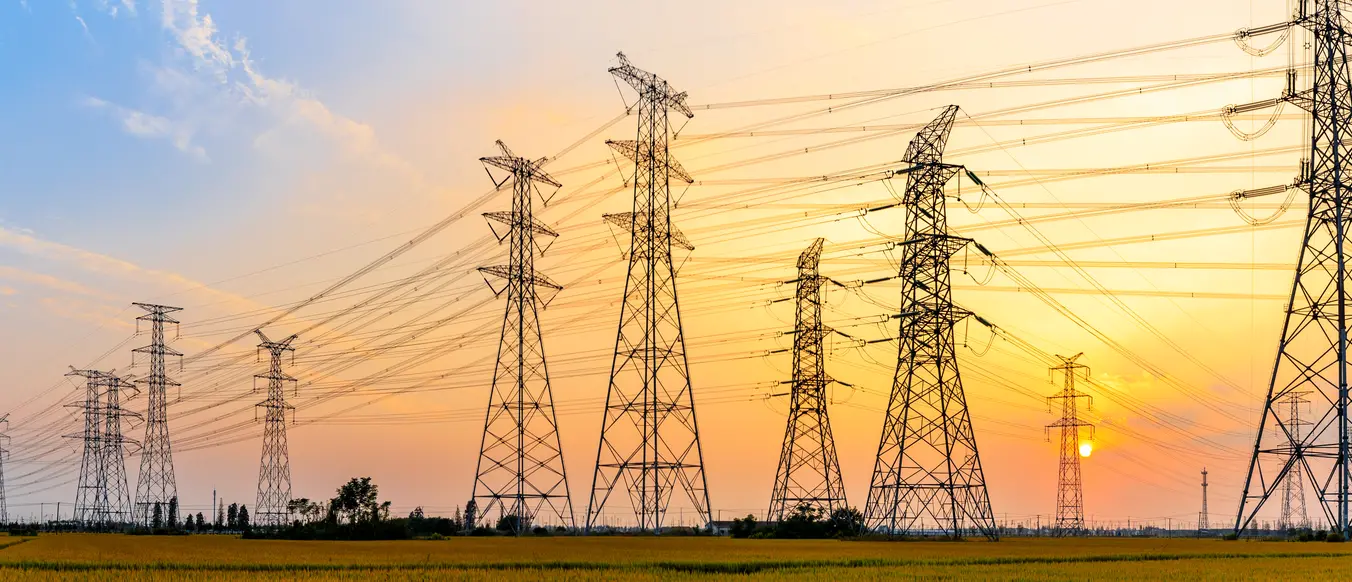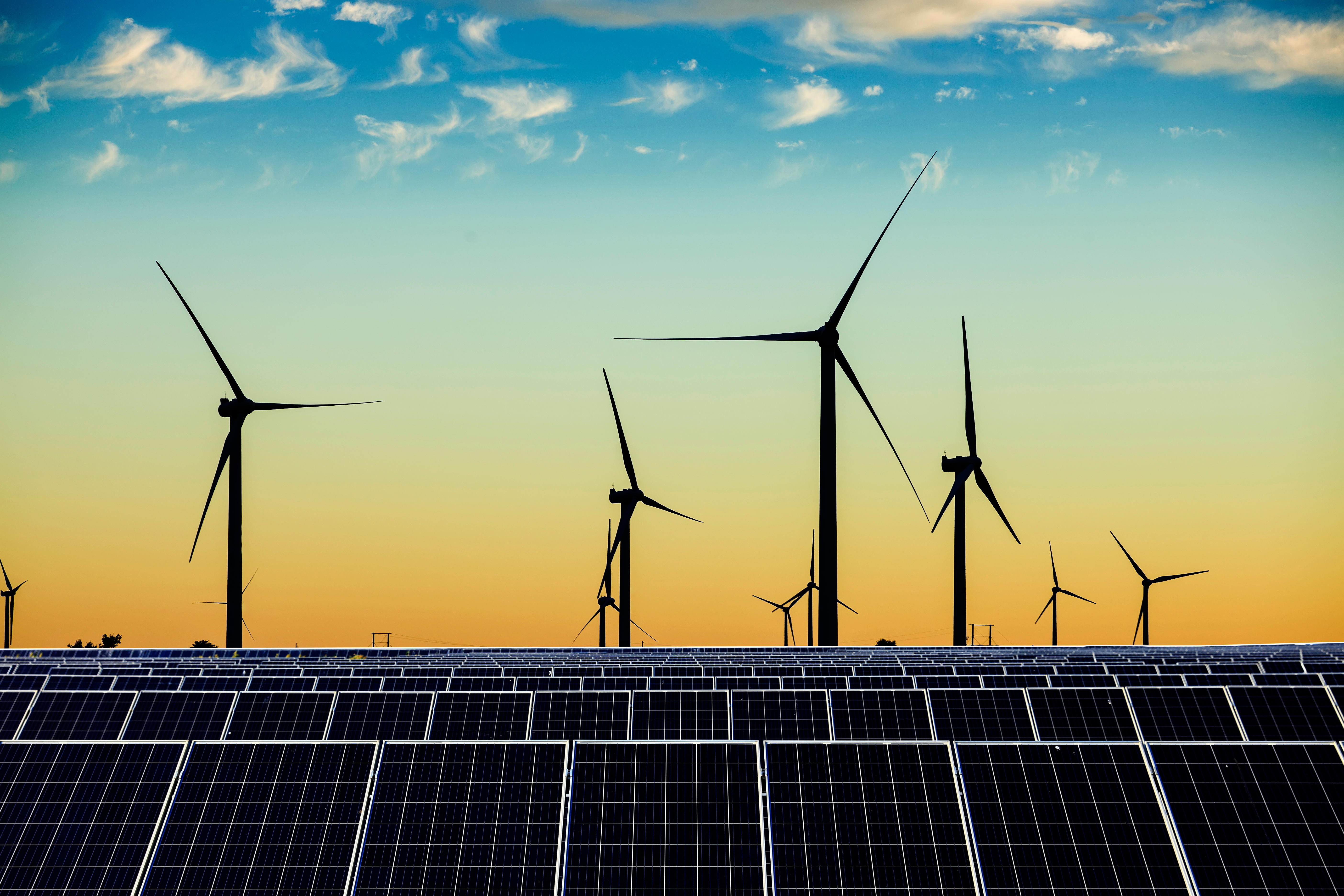Navigating Japan’s evolving electricity market: a strategic guide

Japan’s electricity market has undergone a significant transformation. For global businesses operating in the region, this presents both challenges and opportunities. With deregulation accelerating and supplier diversity increasing, now is a pivotal moment to reassess your energy procurement strategy and strengthen your approach to energy management.
Whether you're seeking cost savings, risk mitigation, or sustainability alignment, understanding the nuances of Japan’s energy landscape is essential for making informed, future-ready decisions.
Why now is the time to reevaluate your electricity supply
Most electricity contracts in Japan are annual and require a three-month notice period to switch suppliers. For companies aligned with Japan’s fiscal year (April–March), the planning window for 2026 is already open.
Despite deregulation, only around 20% of customers have moved away from legacy utilities.* This means many businesses may still be locked into outdated pricing models and missing out on more flexible, competitive options.
Japan’s electricity market is unlike any other due to its geography, infrastructure, and regulatory history. These factors directly impact how businesses manage energy procurement and risk.
Key structural features:
- Fragmented grid system: Japan is divided into nine regional grid zones, each with its own spot prices and limited interconnection. This fragmentation can complicate procurement for companies with multiple sites.**
- Dual frequency infrastructure: Japan operates on both 50Hz (East) and 60Hz (West), a legacy of its early electrification. This split affects grid operations and supplier coverage.
- Deregulation milestones: Since 2016, Japan has transitioned from regional monopolies to a competitive market. Full unbundling of generation, transmission, and retail functions was completed in 2020.
Track real-time electricity data and read more via the IEA.
Supplier landscape and contract types
Businesses in Japan can choose between two main types of electricity suppliers:
- Legacy utilities: These are the former regional monopolies. They offer stability and long-term generation contracts but may lack pricing flexibility.
- Independent retailers (Shin-denyoku gaisha): These newer entrants include telecoms, trading houses, and energy startups. They often provide competitive pricing and innovative contract structures but require careful vetting for financial stability.
Choosing the right contract type is central to effective energy management. Japan offers several structures, each with its own risk profile and pricing model:
- Standard menu contracts: Offered by legacy utilities, these include fixed rates plus adjustment charges based on fuel costs or Japanese Exchange Group (JPX) spot prices.
- Discounted standard contracts: Independent retailers often mirror legacy contracts with a percentage discount.
- Fixed price contracts: Provide budget certainty with no adjustment charges. Ideal for risk-averse businesses, though they may carry a premium.
- Floating price contracts: Tied to JPX spot prices. These can offer potential savings but come with high volatility and exposure to market swings.
Understanding your company’s risk tolerance and operational needs is key to selecting the right structure.
Key considerations for energy procurement in Japan
To secure the best contract, businesses must evaluate several technical and commercial factors:
- Voltage classification: Low, high, and extra-high voltage levels determine eligibility and pricing. Most industrial sites fall under high or extra-high voltage.
- Invoice structure: Japanese electricity bills are less detailed than Western equivalents. Key components include demand charges, consumption rates, and feed-in tariff related charges.
- Adjustment charges: These fluctuate monthly based on fuel import costs or JPX performance. They can be positive or negative, affecting overall cost predictability.
A recent analysis of a Western Japan-based company revealed the impact of contract choice:
- Fixed price contracts: Delivered 12% savings over standard contracts.
- Floating contracts: Could have saved 32% in a low-price year but risked a 40% increase during market volatility in a high-priced year.
This highlights the importance of aligning contract type with your energy procurement goals, budget priorities, and risk appetite.
Planning for 2026: timeline and next steps
To prepare for the next contract cycle, businesses should follow this timeline:
- September–October: Gather indicative offers and assess supplier options.
- November–early December: Request firm pricing.
- By December 31: Submit notice to switch suppliers, especially before Japan’s New Year holidays.
- April 1: New contracts begin.
Contracts aligned with the calendar year should begin planning even earlier.
World Kinect offers support for energy procurement in Japan, including:
- Supplier comparison and vetting
- Contract structuring and negotiation
- Translation and regulatory guidance
- Sustainability planning and green power options
Whether you're navigating deregulation, seeking cost savings, or pursuing decarbonization, our team is here to help you act with confidence.
More insights from World Kinect
Turn energy challenges into smart energy management with energy expertise from World Kinect.
*Statistic source: https://www.meti.go.jp/shingikai/enecho/denryoku_gas/denryoku_gas/pdf/086_03_00.pdf
**There are 10 grid regions, but Okinawa is not connected with the rest of the market.



